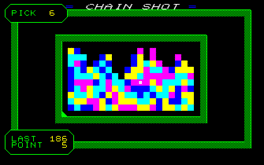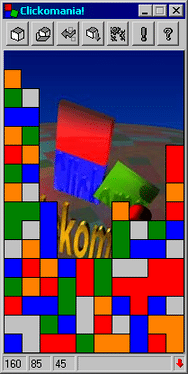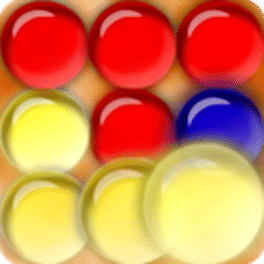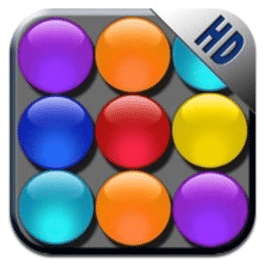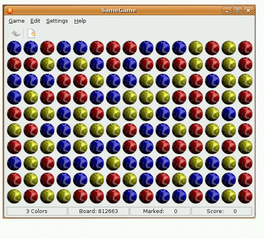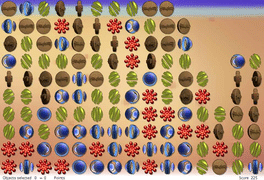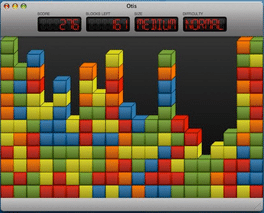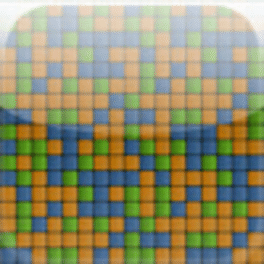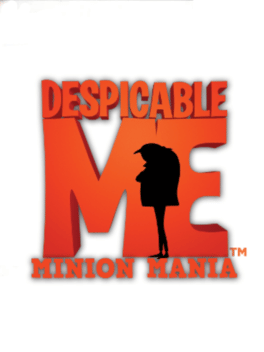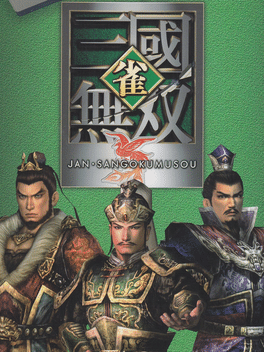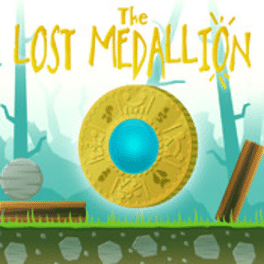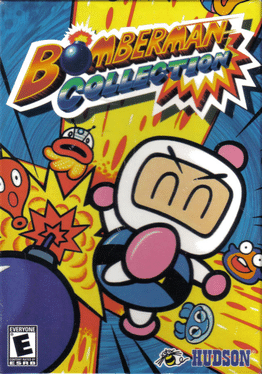Most Popular Playstation 3 Games - Page 367
-
Chain Shot
1985
-
Jan Sangoku Musou
2006
Jan Sangoku Musou
2006
The game is played against the characters of "Dynasty Warriors Series," Koei game based on the Sanguo Zhi in China, but it is an authentic mahjong game which adopts an algorithm that does not have a kind of insane technique that is common in character mahjong games. This game is based on the mahjong software "Mahjong Taikai" released by Koei. -
Bomberman Collection
2003
-
Cosmic Clean-Up
2D action puzzler where the player must clear out orbital trash using his rocketship's thruster flame. -
Pop'n Pop
1998
Pop'n Pop
1998
Pop'n Pop is a puzzle game similar to Puzzle Bobble; the player's goal is to release colored bubbles from the bottom on the screen within a limited amount of time, trying to match three or more bubbles of the same color. The difference in this version is that bubbles cannot bounce on the walls; the player can only release them vertically. The game features characters from various Taito games, such as Bub and Bob from the Bubble Bobble series, Tiki from The New Zealand Story, the dwarves from Doko Doko Don, and others. -
Tetris S
1996
